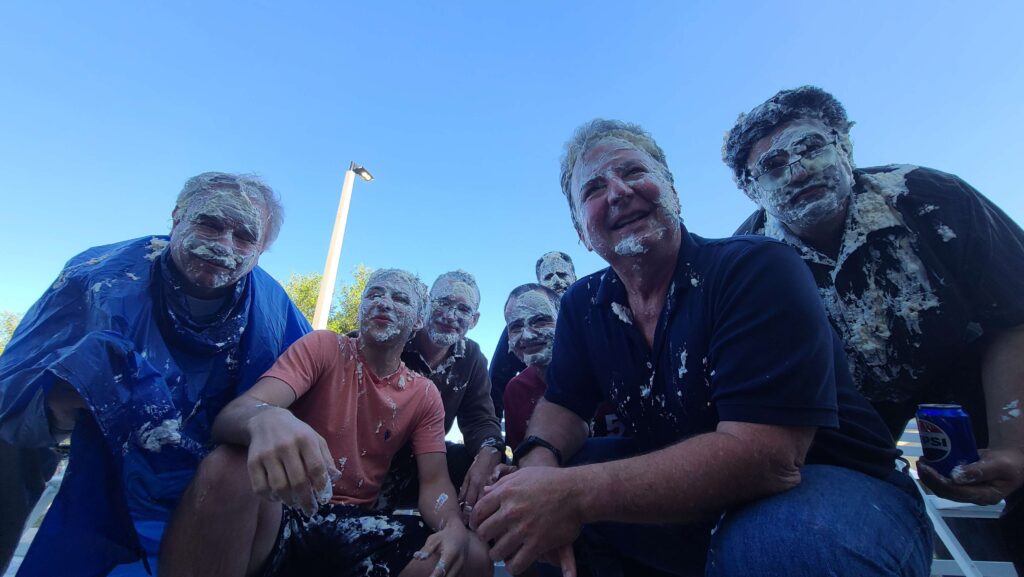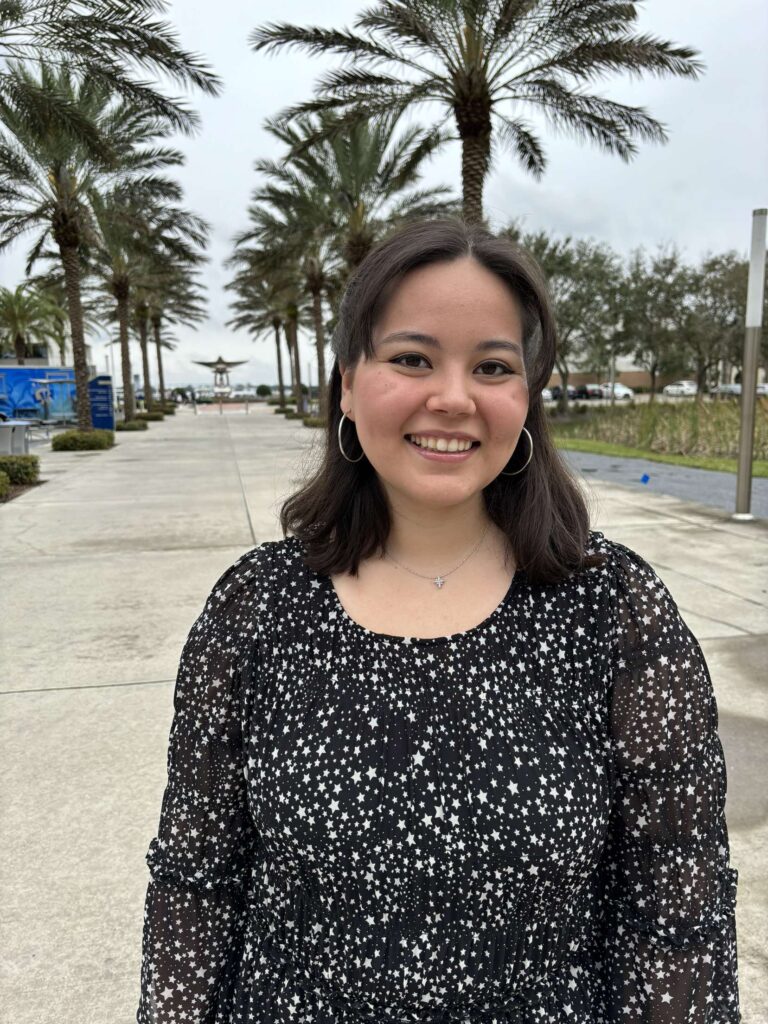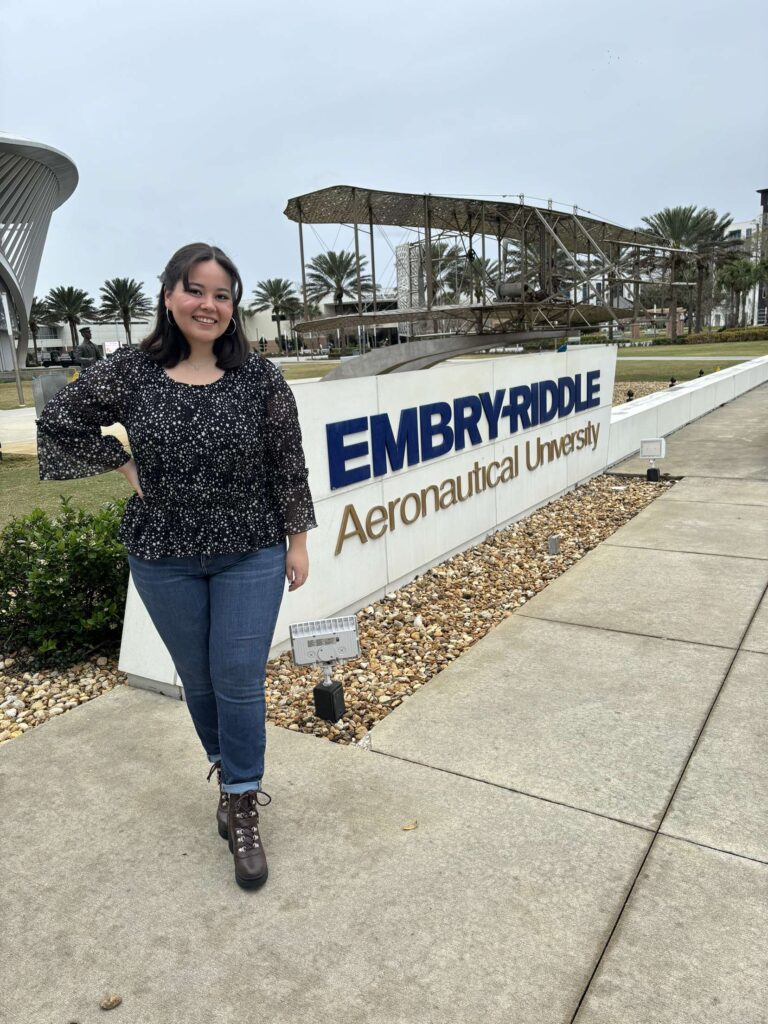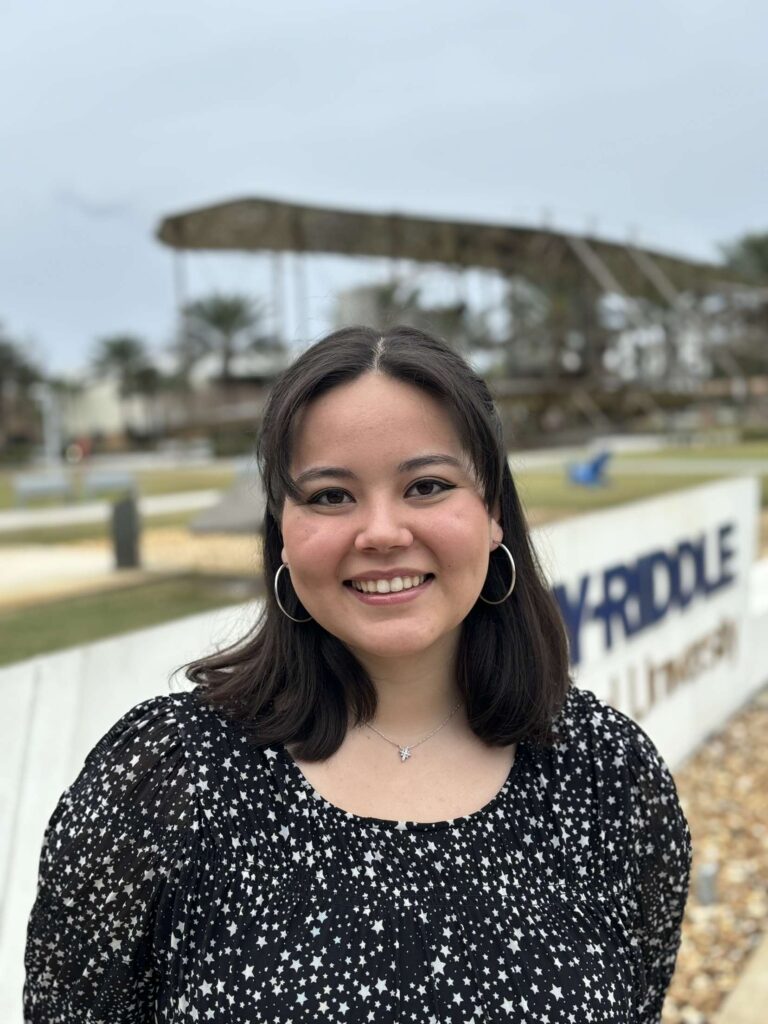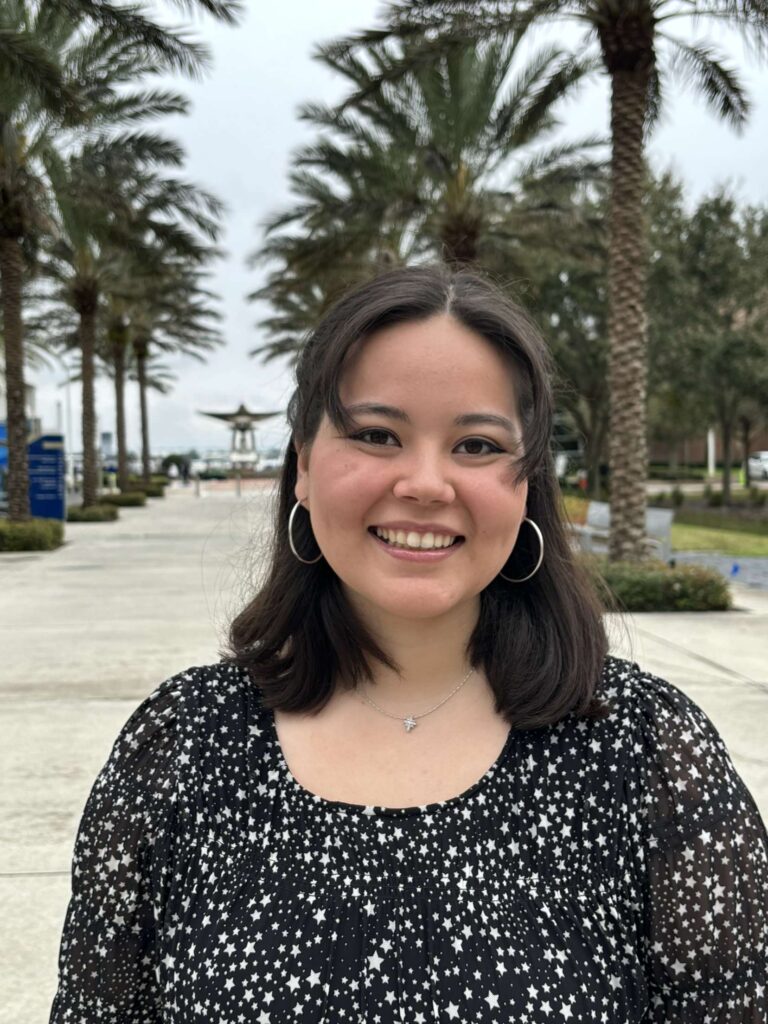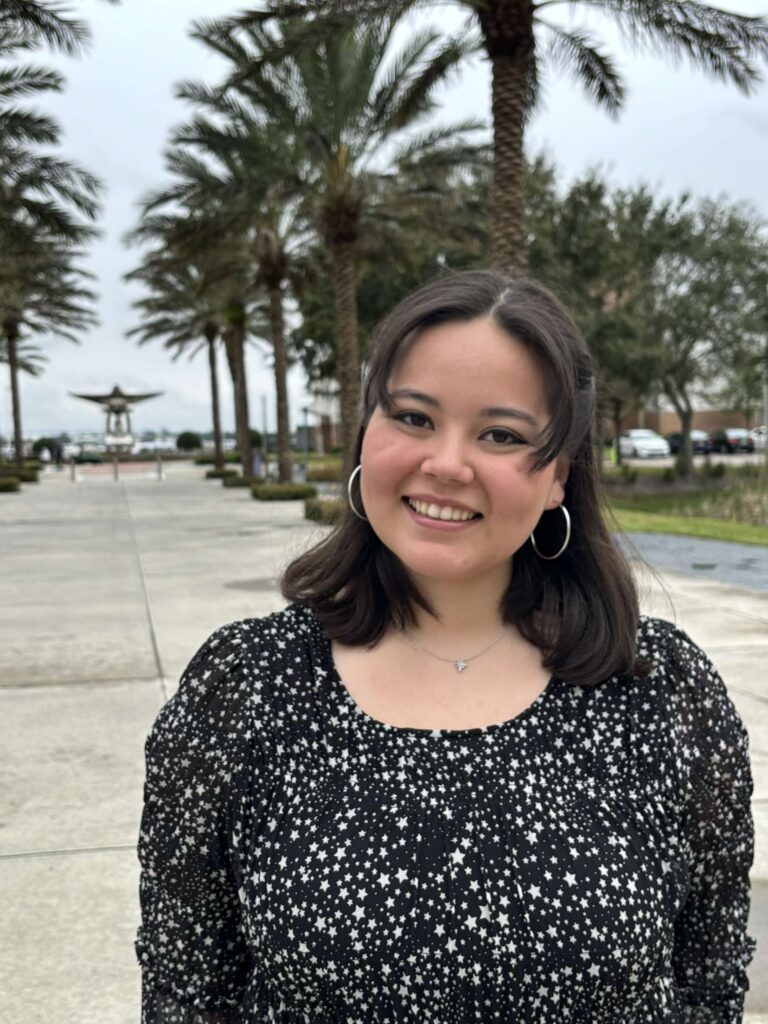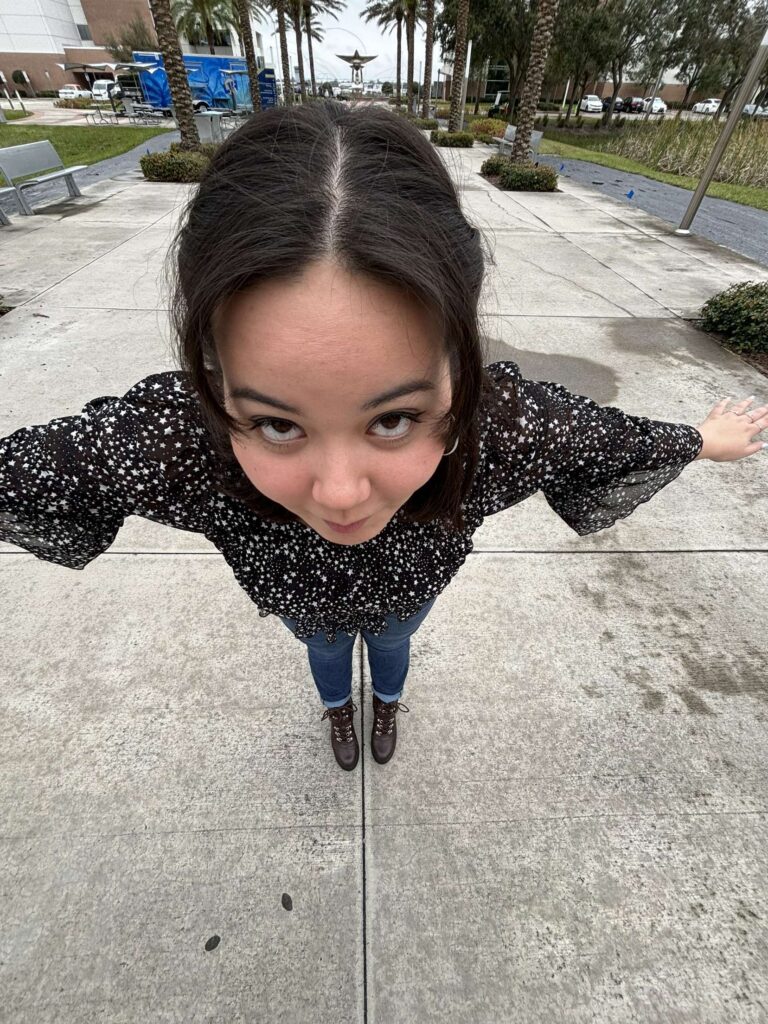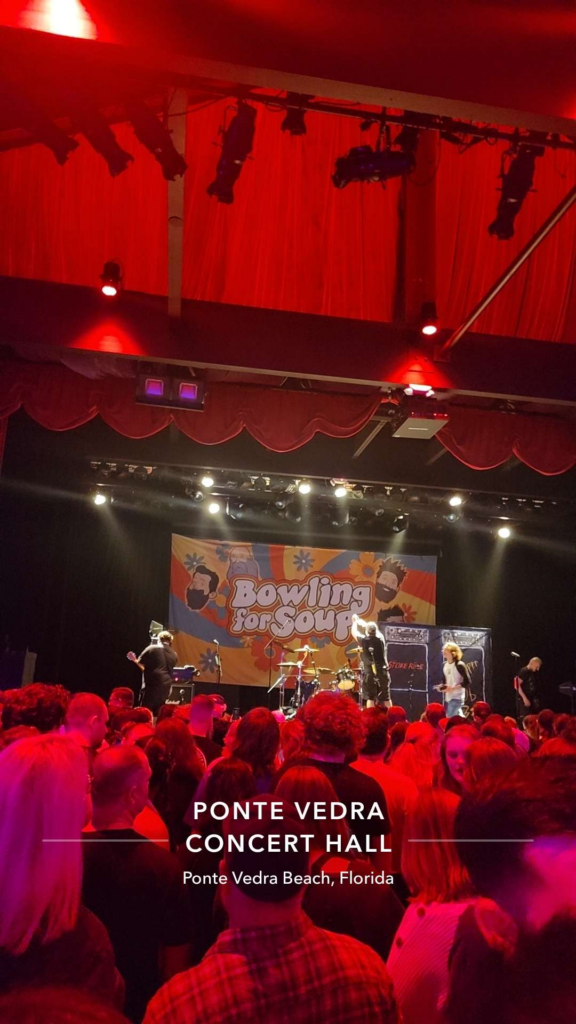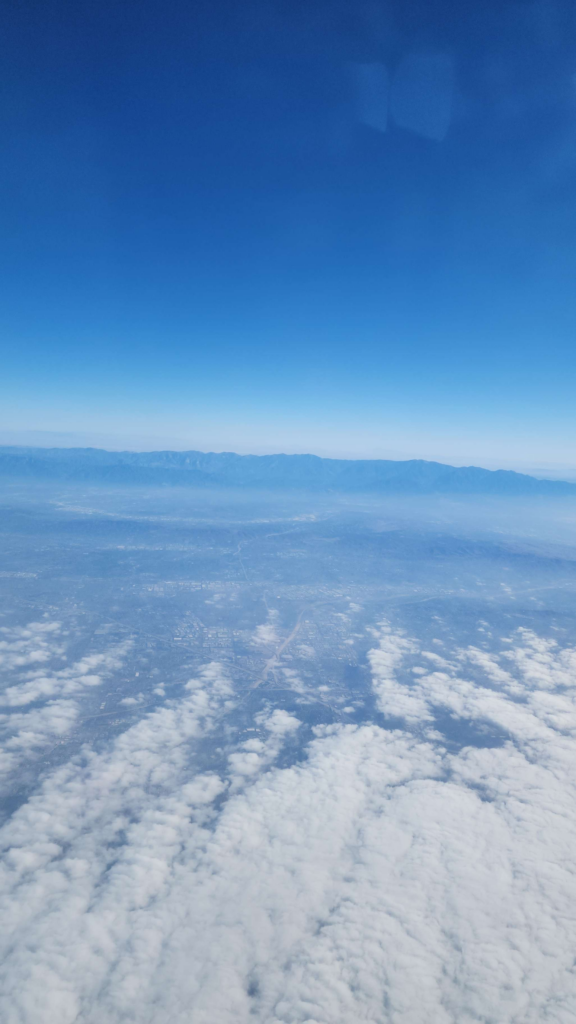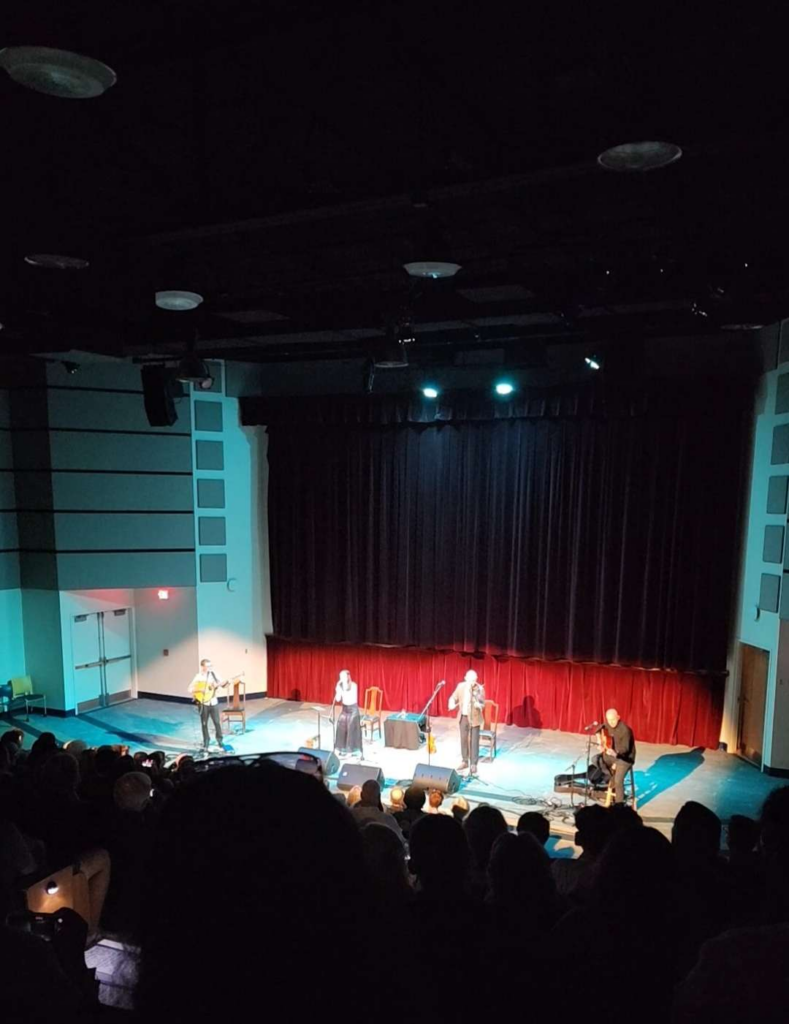As we go through college, we realize that it may be time to start getting little parts of our life together one by one including health! Routine exercising and some “touch-the-grass” times are great ideas. Another way I do this is through meal prep! This saves me money and forces me to eat more balanced meals with certain nutritional aspects I need (more protein, vitamin B, etc.). I am on campus usually all day (around 8:30am-8:30pm) due to classes, meetings, work, etc. I purchased a backpack on Amazon that was only around $25 that is very sturdy and has a built-in cooler/lunchbox as a front pouch. It looks very fashionable and is very useful. I meal prep around 1 day per week with a bunch of balanced meals that I can easily throw in tiny containers in my lunchbox to eat and/or microwave throughout the day. Some things that I’ve been making lately are curries, bowls, and casseroles. I also try to get some type of fruit that I can carry around easily (sliced pears in a ziploc, a tangerine, dried figs, etc.).
Now, how do you eat a balanced meal on a budget? Well, the meal prep helps a lot. I go to Costco (or Publix when there are good BOGO deals) to stock up on meats (ground beef, ground turkey, chicken thighs, etc.). Then, I put them in my freezer. When you see meat on sale, just get it and stick it in your freezer. Then, I grab some frozen, fresh, and canned veggies, maybe some jar curry sauces too. Quinoa and rice are also cheap things to buy in bulk. Then, one day per week I make all of these things in bulk and put them in my fridge to slowly eat at school from my lunchbox or reheat on a night that I come home late. (You can also make these foods in mega bulk portions and split ingredient costs among friends.)
For example, here is my meal prep this week: (all of these are my own concoctions, but if you need ideas ChatGPT is weirdly good at this too)
- Chicken Saag
- I had some chicken thighs in my freezer that I chopped into cubes and cooked with a premade saag curry sauce pack from the store. It turned out great!
- Protein-rich Rice
- I had leftover bean rice, daal, and a lentil curry pouch. I combined them in a pan to make a protein-heavy rice that can be eaten on its own or paired with the chicken!
- Asian-inspired Ground Chicken
- I’m mixing ground chicken and ground turkey with some five spice and oyster sauce to make an Asian-inspired meat that can be eaten with rice, quinoa, or just in lettuce cups!
- Broccoli
- I just blanch some frozen broccoli and mix with a bit of butter and garlic powder; these are neutral ingredients that makes this a good side dish to anything.
- Grains (Rice, Quinoa)
- I usually always have these on hand in my fridge to pair with protein and/or veggies.
- Eggplant Pesto Casserole
- I had some leftover pesto and spinach artichoke raviolis that I layered in a pan with sliced eggplant and extra parmesan then baked. It came out so good!
